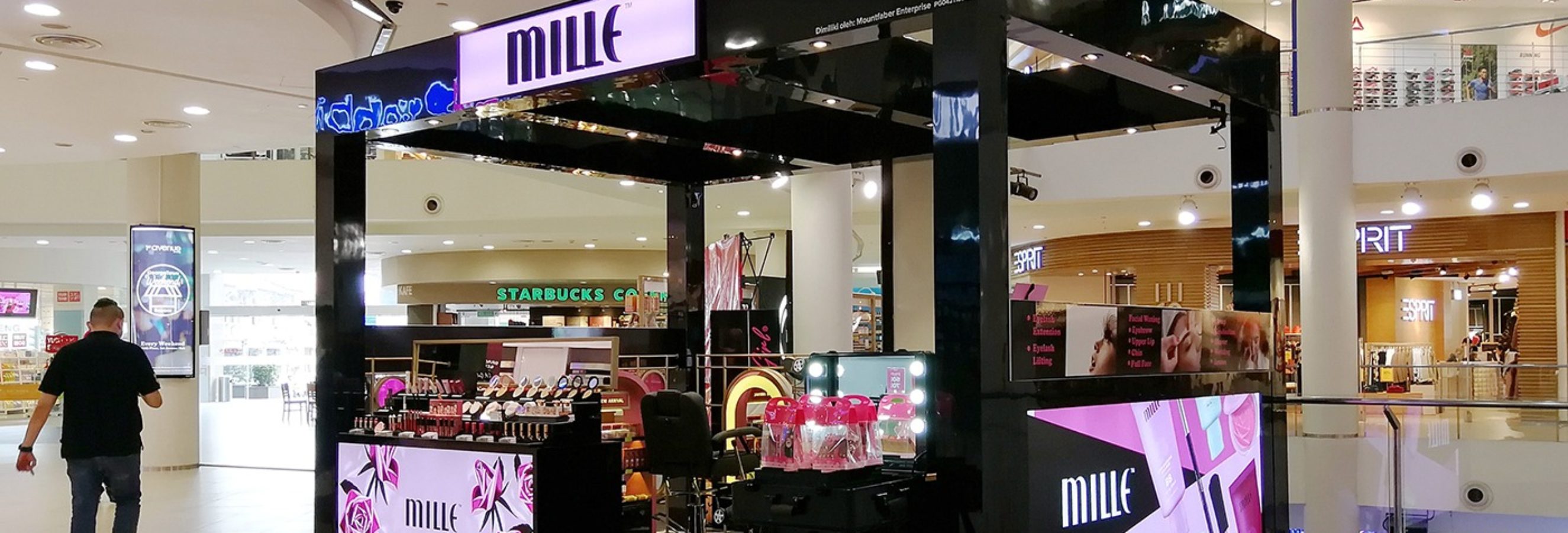The State of Affairs
With pandemic restrictions lifting, mall owners are rethinking how to use their space and enhance the shopping experience to keep people coming back. Short term there is hope for mall retailers as shoppers are eager to get out of the house after being cooped up. But as the novelty wears off long-term changes are needed if they are to survive. Even before the pandemic people were going to malls less. From 2018 to 2019 foot traffic at malls fell by 22 percent, according to Deloitte. Retail insights indicate that this was driven by the declining popularity of department stores, the rise in online shopping, and fewer fashion stores that used to dominate many malls.
Since many people have stayed at home instead of going out or on vacation, there is a large amount of disposable income that’s ready to be spent. From April through June last year, consumers put away an astonishing 25.8 percent of their disposable income, compared with just 7.3 percent over the same months in 2019 (The Atlantic). Not all of this will be spent at retailers but there is some hope particularly in fashion as many people haven’t updated their wardrobes in months.
How Malls are Fighting Back
A key retail insight is that shoppers are coming to the mall now with a different mindset. They have little patience when it comes to looking for parking, standing in line to checkout, or waiting for assistance. To combat these issues many malls have introduced digital line-management tools that let shoppers know when it’s their turn to enter a store instead of having to wait in line. This idea could also be applied to reduce checkout times. Oxford Properties is even looking at digital tools to allow people to reserve parking stalls before driving to the mall.
As COVID-19 store closures have opened more space in malls, more flexible leases terms of 1 to 3 years are being offered in order to attract smaller, independent, local retailers. Commercial real estate broker Cushman & Wakefield has recently done deals with many smaller retailers including specialty food shops, a custom perfume maker, and an electric bike shop. Non-retail space is also growing as a strategy to make malls more of a destination. Owners have repurposed retail spaces to accommodate more food and beverage choices, fitness centers, educational spaces, health care, and other services.
Malls are also trying to attract people from a wider geographical range by hosting events, entertainment, pop-ups, and other attractions. During the pandemic, some malls even repurposed parking lot space into outdoor patios to create more comfortable social spaces to support food court businesses inside the mall.
The Amazon Effect
The pandemic has accelerated the adoption of online shopping. E-commerce sales jumped by a massive 75 percent last year to $77.25 billion according to retail insights research firm eMarketer. Even though people do intend to shop at brick-and-mortar stores, 60 percent of consumers surveyed said they expect to continue to shop online as well. These shoppers are going to demand better digital services both online and in stores. As an example, some retailers adopted virtual shopping appointments connecting customers with store associates by phone, live chat, and video when stores were closed during the pandemic. Many are going to continue to offer these services in an effort to merge online shopping with in-person service. Malls are also targeting frequent mall visitors with digital advertising such as “come to the mall three times and get rewarded” to get them to come back.
With the growth of buy online, pick up in-store, malls are trying to become a larger part of the e-commerce ecosystem by helping with logistics and returns. Many mall owners are exploring the idea of building their own micro-fulfilment centers. Centralized product returns for multiple retailers are another way malls can reinvent themselves.
The Mall of the Future
The homogeneous mall of the 1960s that catered to new suburbanites has become obsolete. Consumers are looking to malls to reinvent themselves and improve the visitor experience. Landlords and retailers that do so will succeed in the long term. Here are 5 key ways malls can improve:
- Change the role of the store – Reduce the number of stores instead focusing on flagship, showroom, and pop-up experiences. People no longer come in to browse, they’re educated and know what they want. The associate’s role will be to facilitate the purchase by offering an exceptional customer experience.
- Be a meeting place for the community – By offering office space, residential and cultural amenities as well as events and pop-ups, malls can give shoppers a new reason to visit.
- Ensure safety and convenience – malls need to balance safety while offering convenience at all points along the path to purchase from interacting with customers to collecting payment and delivering products.
- Better tech – The time is now to embrace technology. Shoppers are looking for a seamless omnichannel brand experience both online and off.
- Focus on food – As mid-level fashion retailers make room for new tenants; their departure should make room for exciting new food offerings that could be a major driving force to get people back into malls.
Please feel free to contact us for further shopper or retail-related insights along the dynamic and changing shopper journey.
Other articles related to retail shopping behavior:
